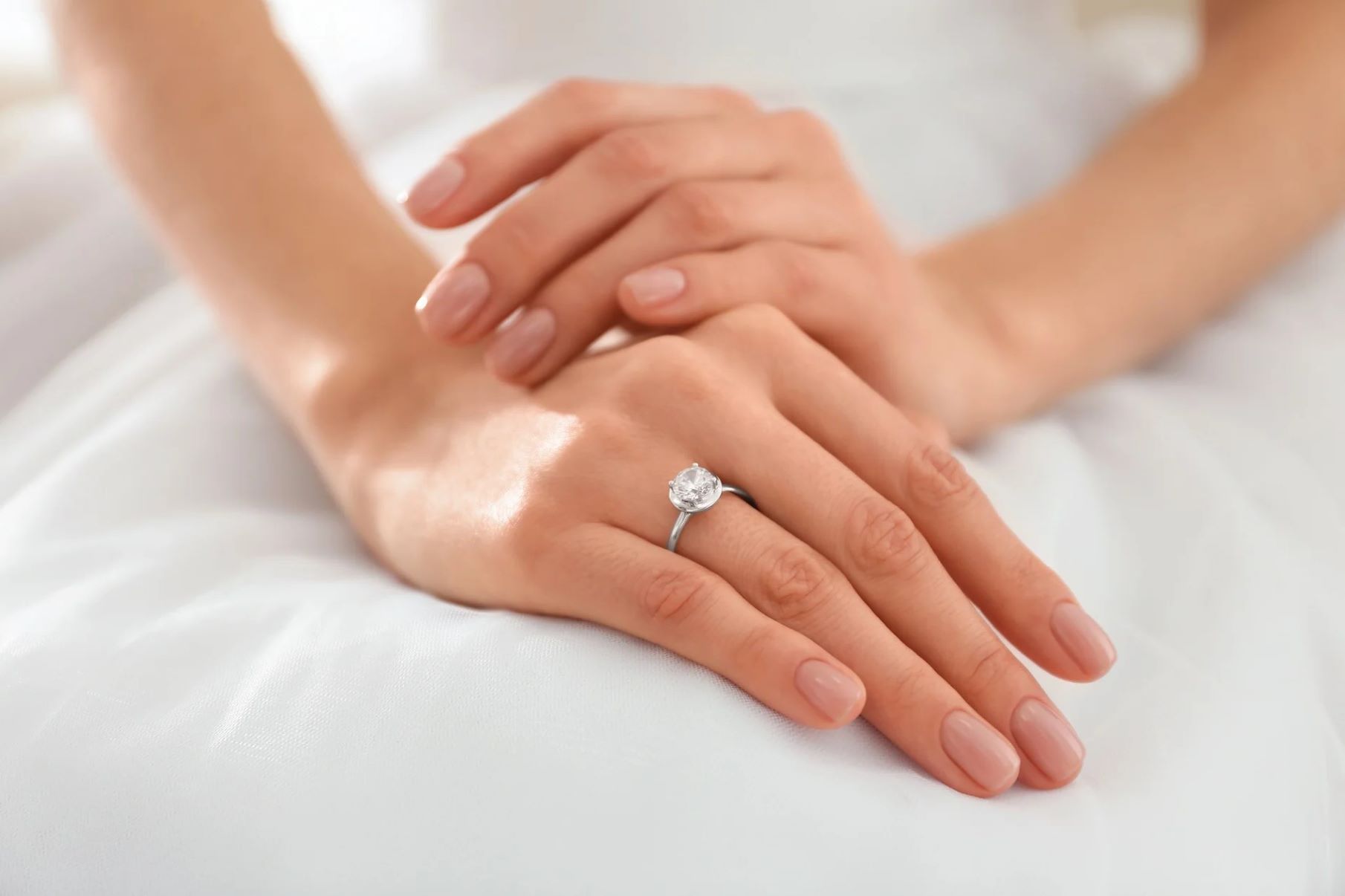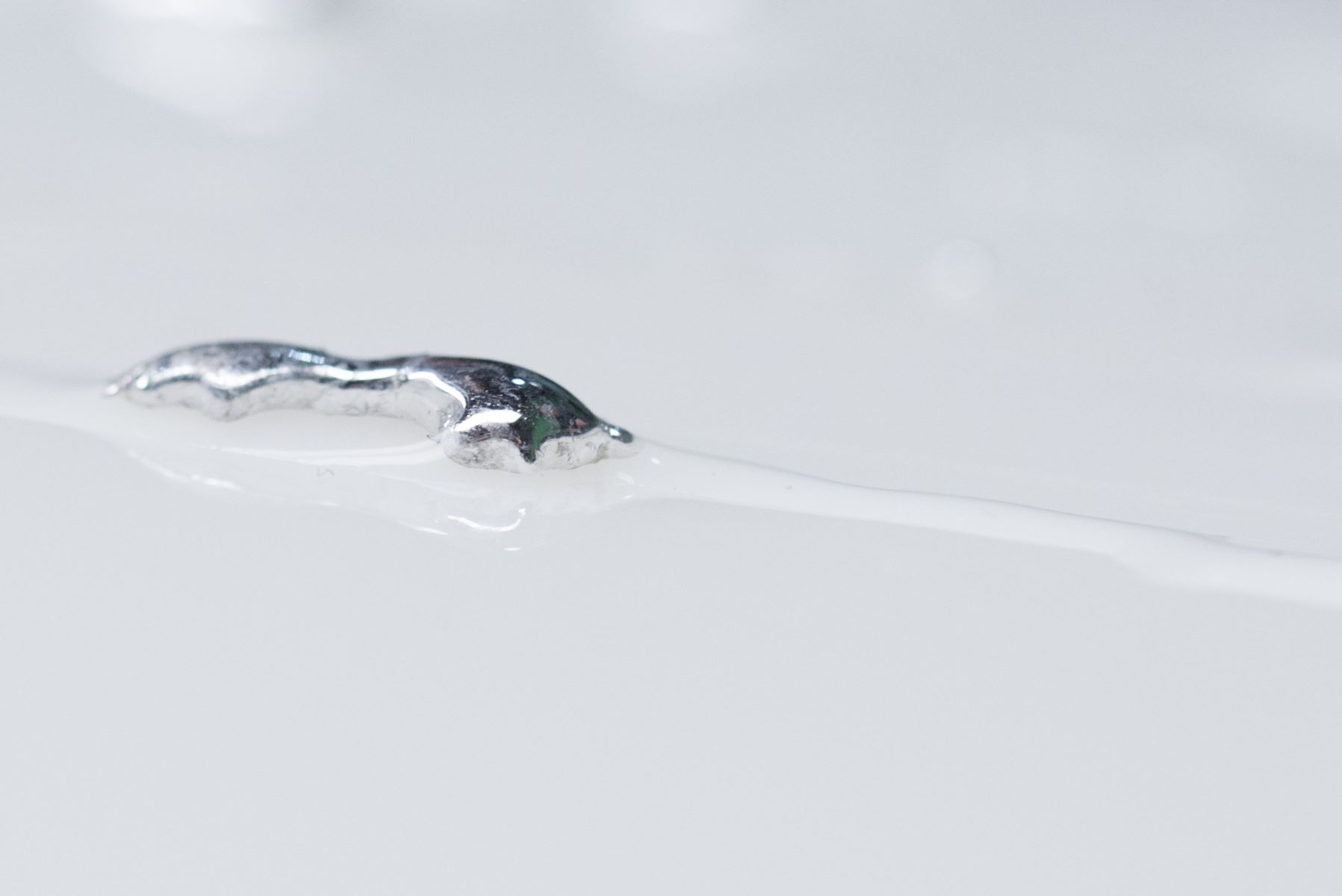
White gold is a popular choice for jewelry lovers, but what makes it so special? White gold isn't just a single metal; it's an alloy, typically a mix of gold and other white metals like palladium or nickel. This blend gives it a unique look and durability. Unlike yellow gold, white gold has a silvery sheen, often enhanced with a rhodium plating for extra shine. Many people choose white gold for its modern appearance and versatility. Whether you're curious about its history, how it's made, or its care tips, these 50 facts will give you a deeper appreciation for this stunning metal.
Key Takeaways:
- White gold is a modern, sleek alloy made by mixing gold with metals like palladium or nickel. It's popular for jewelry, but needs regular care to maintain its shine and color.
- White gold has a fascinating history and cultural significance, often associated with purity and elegance. It's a versatile choice for contemporary jewelry designs and holds its value well as an investment.
What is White Gold?
White gold is a popular choice for jewelry, known for its sleek, modern look. But there's more to it than meets the eye. Here are some fascinating facts about this precious metal.
- White gold is an alloy, typically made by mixing gold with metals like palladium or nickel.
- It was first created in the 19th century as a more affordable alternative to platinum.
- The natural color of gold is yellow; white gold gets its color from the metals it's mixed with.
- Rhodium plating is often applied to white gold to enhance its white appearance.
- Over time, the rhodium plating can wear off, revealing the yellowish tint of the gold underneath.
Composition and Properties
Understanding the composition and properties of white gold can help you appreciate its unique characteristics.
- The purity of white gold is measured in karats, just like yellow gold.
- Common karat ratings for white gold are 14K and 18K.
- 14K white gold contains about 58.3% gold, while 18K white gold contains about 75% gold.
- Palladium and nickel are the most common metals used to create white gold.
- Palladium makes white gold more hypoallergenic, while nickel can cause allergic reactions in some people.
Uses in Jewelry
White gold is a favorite in the jewelry world for many reasons. Let's explore its uses.
- White gold is often used for engagement rings and wedding bands.
- Its neutral color makes it a versatile choice that complements various gemstones.
- White gold is also popular for earrings, necklaces, and bracelets.
- Many luxury watch brands use white gold in their designs.
- The metal's durability makes it suitable for everyday wear.
Care and Maintenance
Proper care and maintenance can keep your white gold jewelry looking its best.
- Regular cleaning with mild soap and water can help maintain its shine.
- Avoid exposing white gold to harsh chemicals, which can damage the rhodium plating.
- It's a good idea to have white gold jewelry professionally cleaned and re-plated every few years.
- Store white gold pieces separately to prevent scratching.
- Using a soft cloth to polish white gold can help remove minor tarnishes.
Historical Significance
White gold has an interesting history that adds to its allure.
- It gained popularity during World War II when platinum was reserved for military use.
- The Art Deco movement in the 1920s and 1930s saw a surge in white gold jewelry designs.
- White gold was often used in intricate filigree work during the Victorian era.
- The metal became a symbol of modernity and sophistication in the mid-20th century.
- Today, white gold continues to be a top choice for contemporary jewelry designs.
Comparisons with Other Metals
How does white gold stack up against other popular metals? Let's find out.
- White gold is often compared to platinum, which is more expensive and denser.
- Unlike silver, white gold doesn't tarnish easily.
- White gold is harder and more durable than yellow gold.
- Rose gold, another gold alloy, has a pinkish hue due to its copper content.
- Titanium is lighter than white gold but not as luxurious.
Popular Myths and Misconceptions
There are several myths and misconceptions about white gold. Let's debunk some of them.
- Some people believe white gold is a naturally occurring metal, but it's actually an alloy.
- Another myth is that white gold is more valuable than yellow gold; value depends on karat and craftsmanship.
- Some think white gold doesn't require maintenance, but it does need regular care.
- It's a common misconception that all white gold is hypoallergenic; nickel alloys can cause reactions.
- Many assume white gold and platinum are the same, but they are distinct metals with different properties.
Environmental Impact
The environmental impact of white gold is an important consideration for eco-conscious consumers.
- Mining gold can have significant environmental consequences, including habitat destruction and water pollution.
- Recycling gold reduces the need for new mining and lessens environmental impact.
- Some jewelers offer white gold made from recycled materials.
- Ethical sourcing of gold ensures that it is mined responsibly and sustainably.
- Supporting brands that prioritize eco-friendly practices can make a difference.
Economic Value
White gold's economic value is influenced by various factors.
- The price of white gold fluctuates with the market value of gold.
- Higher karat white gold is more valuable due to its higher gold content.
- The cost of rhodium plating can add to the overall price of white gold jewelry.
- Custom designs and craftsmanship can significantly increase the value of white gold pieces.
- White gold retains its value well, making it a good investment.
Cultural Significance
White gold holds cultural significance in various societies around the world.
- In Western cultures, white gold is often associated with purity and elegance.
- It is a popular choice for wedding and engagement rings in many countries.
- White gold is sometimes used in religious and ceremonial jewelry.
- The metal's modern look makes it a favorite in contemporary fashion.
- White gold's versatility allows it to be incorporated into various cultural jewelry designs.
The Final Word on White Gold
White gold isn't just a pretty face. It's a blend of gold and other metals like nickel or palladium, making it durable and versatile. This alloy's popularity in jewelry stems from its strength and bright, silvery appearance. Unlike yellow gold, white gold needs rhodium plating to maintain its shine. Without it, the metal can appear dull and yellowish over time.
When choosing white gold, consider potential allergies to nickel. Opt for palladium-based white gold if sensitive skin is a concern. Regular maintenance, including re-plating, keeps white gold looking its best.
White gold's allure lies in its beauty and practicality. Whether for engagement rings, necklaces, or bracelets, this metal offers a timeless elegance. Understanding its composition and care ensures your white gold pieces remain stunning for years.
Frequently Asked Questions
Was this page helpful?
Our commitment to delivering trustworthy and engaging content is at the heart of what we do. Each fact on our site is contributed by real users like you, bringing a wealth of diverse insights and information. To ensure the highest standards of accuracy and reliability, our dedicated editors meticulously review each submission. This process guarantees that the facts we share are not only fascinating but also credible. Trust in our commitment to quality and authenticity as you explore and learn with us.


